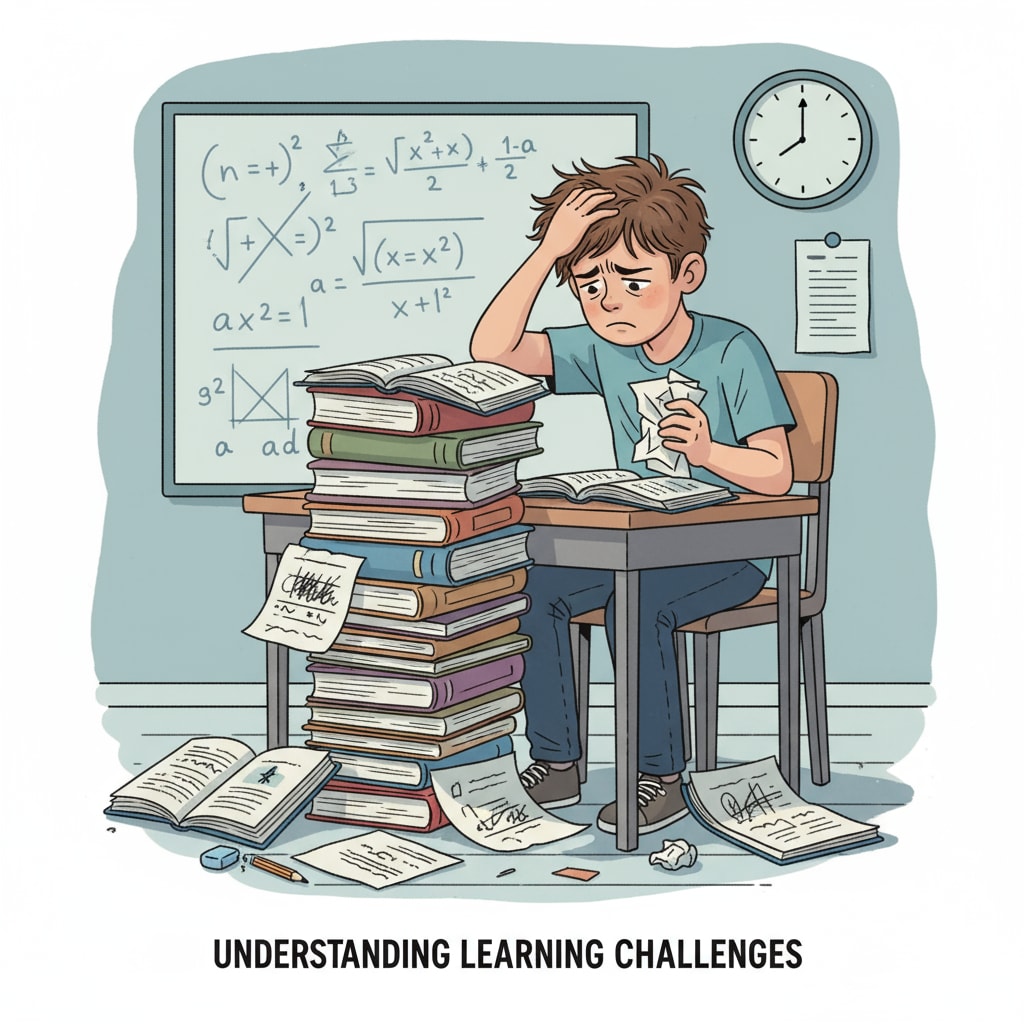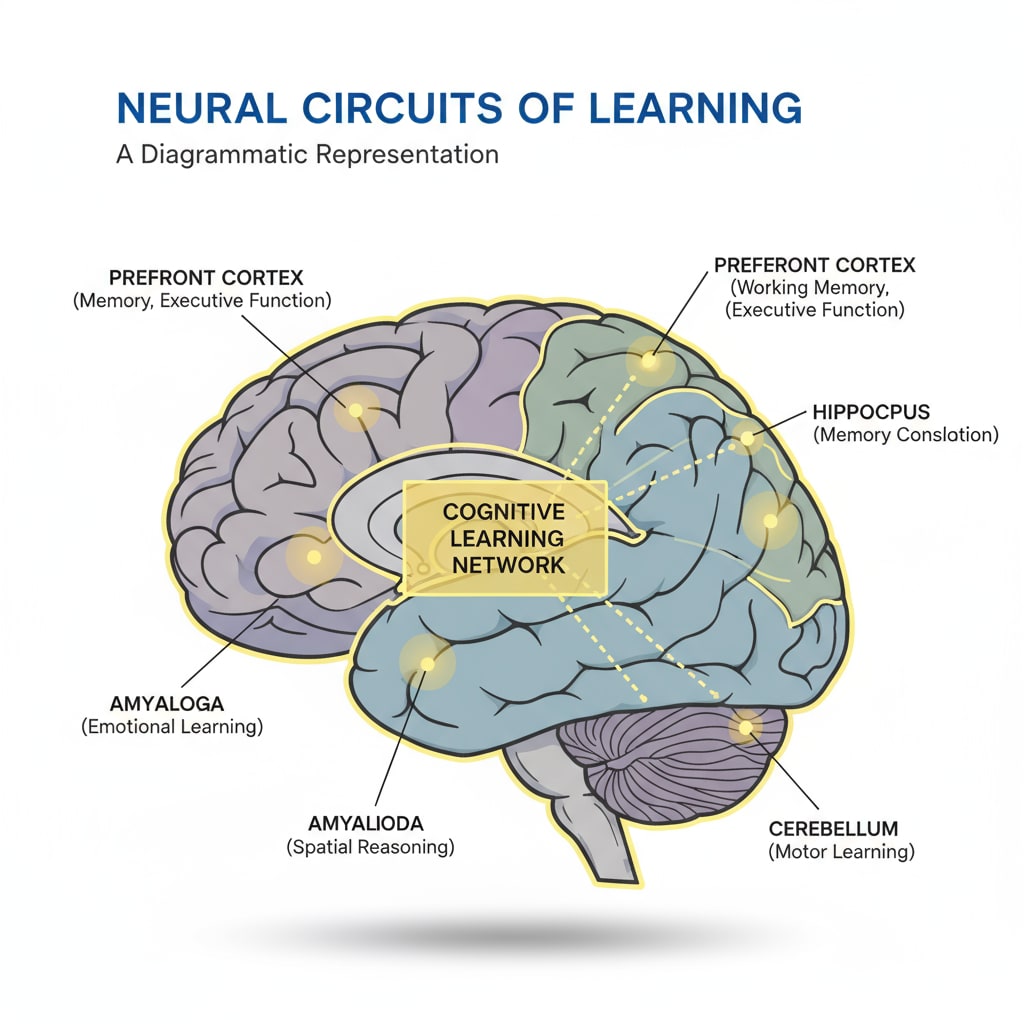Learning difficulties, self-negation, and cognitive barriers are common issues that students in the K12 stage often encounter. These problems can have a significant impact on a student’s mental health and academic performance. In this article, we will delve into these challenges and explore ways to help students overcome them.
The Impact of Learning Difficulties
Learning difficulties can lead to self-negation and psychological setbacks. When students struggle to keep up with their peers academically, they may start to question their own abilities. This self-doubt can snowball into a full-blown lack of confidence, affecting not only their academic performance but also their overall well-being. For example, a student who consistently fails math tests may begin to think that they are just not good at math, leading to a negative attitude towards the subject and even school in general. American Psychological Association on Learning Disabilities

Understanding Cognitive Barriers
Cognitive barriers play a major role in learning difficulties. These can include issues such as attention problems, memory difficulties, and processing speed. For instance, a student with attention deficit disorder may find it hard to focus in class, which makes it difficult to absorb new information. Understanding these underlying cognitive issues is crucial in addressing learning difficulties. NCBI Research on Cognitive Barriers in Learning

To help students overcome these challenges, it’s essential to focus on rebuilding their learning confidence. This can be achieved through various methods, such as providing positive feedback, setting achievable goals, and celebrating small successes. Additionally, helping students shift from a fixed mindset to a growth mindset can empower them to see learning difficulties as opportunities for growth rather than as indicators of their limitations.
Readability guidance: As we’ve seen, learning difficulties, self-negation, and cognitive barriers are complex issues. By understanding their impact and causes, we can take steps to support students in their educational journey. Using short paragraphs and lists, like the ones above, helps to present information clearly. Incorporating过渡词such as ‘for example’ and ‘additionally’ makes the text flow smoothly.


